Patrick Lichty Creates AI Generated Rugs with Playform, Featured on Art Mine
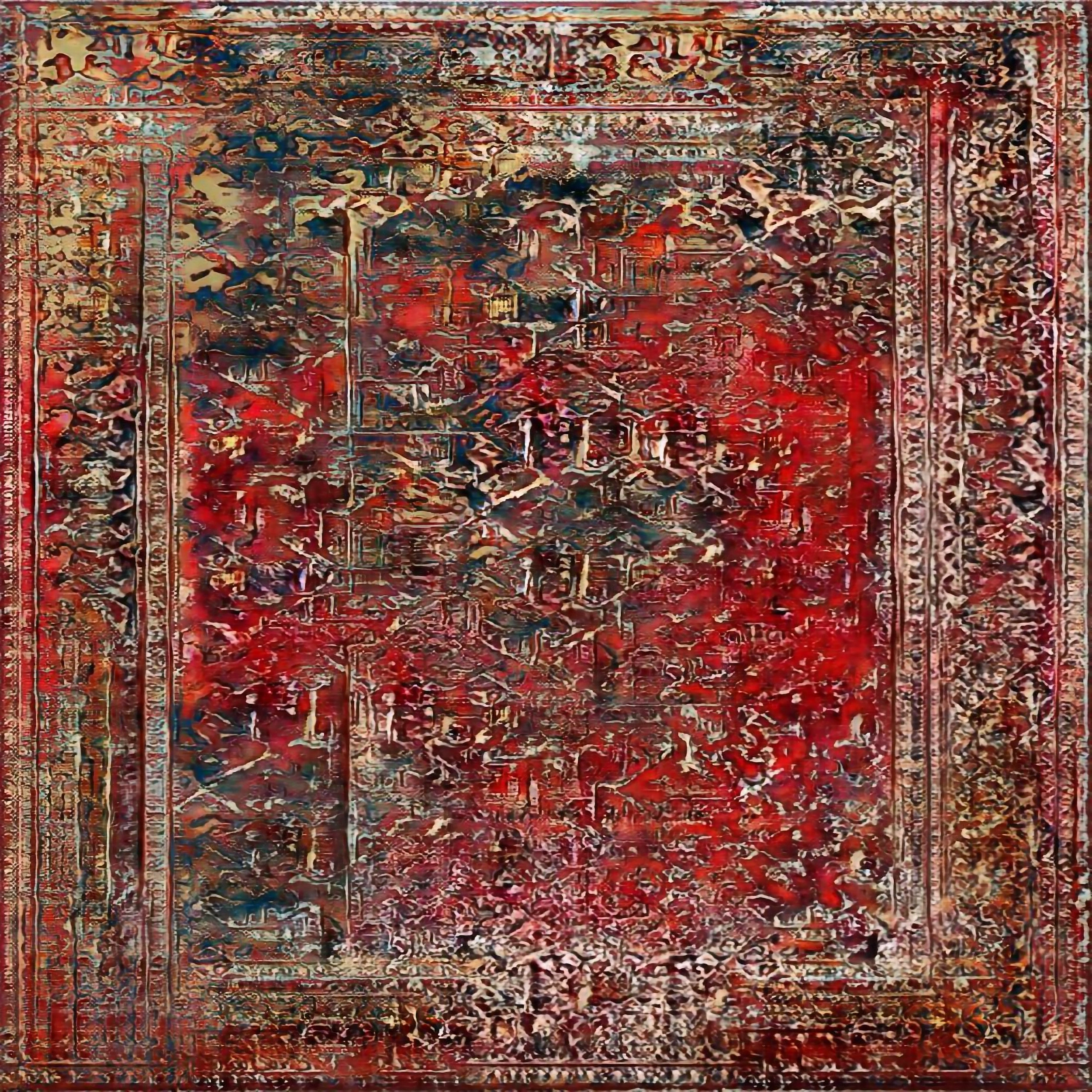
With the launch of Art Mine, a unique art gallery that invites the collector to participate in the curation of AI-generated art, Playform Studio Manager Mirabelle sat down with contributing Art Mine artist Patrick Lichty to discuss his Semantic Carpet project.
“I have lived in Arabia and West Asia for many years, and I had wondered how using machine learning related to my life as a digital artist. In that much of my family is Persian, I thought about the rug, with its grid of knots as early digital art. The first digital fabrication method was the Jacquard Loom, which was invented in 1803 and used digital punchcards (the descendants of which would be used in IBM mainframes), which made me identify with the idea of Machine Learning and carpet designs. I then fed iconic patterns of many Persian rugs into the Playform engine (from photos from Iran), and was amazed at how different areas’ patterns mixed (Isfahan with Tehran) and so on. Semantic (as in “having meaning”) represents a part of my life as represented in terms of machine learning. Earlier weavings based on this model are in the Boca Raton Museum, the Spalter Collection, and will be in the Versotko Center for the Arts.”
Read on for a Q+A with Patrick Licthy about the Semantic Carpet project and his use of Playform AI:
Mirabelle: Walk me through the GAN Carpet Project and how you integrated Playform within your process.
Patrick: To explain this project I am going to give some context behind how I was led to the final result; I lived in the United Arab Emirates, which of course, being in the Middle East, I had been around West Asia a great deal. There’s a great carpet tradition of course, and alongside my use of Playform, I began to consider carpets as a digital artform — similar to a bitmap. Every knot in the carpet is like a pixel. The first digital fabrication was invented in 1803 in France called a Jacquard loom, and it consists of a device that sits on top of a traditional loom of the time, and uses punch cards. So considering these things, and also considering the idea that at the moment there are some restrictions on carpets, I began to wonder about all of these great traditions of carpet making. Every area has its own type of carpet, the carpets of Isfahan are different from the Bakhtiari, they all have their own style which is fascinating to me. I then ended up taking a series of images of Persian carpets from Iran, and my wife Negin and I fed them into the platform system. I curated these selections of images to be certain iconic styles, and then place those specifically within the GAN grid. I ran about 300-400 cycles of generations with Playform, and it was very interesting to see all of these different styles being converged and generated by the AI. In some ways, I felt like what we were doing was that we were trying to get to the spirit of this tradition, and try to distill that through the use of AI.
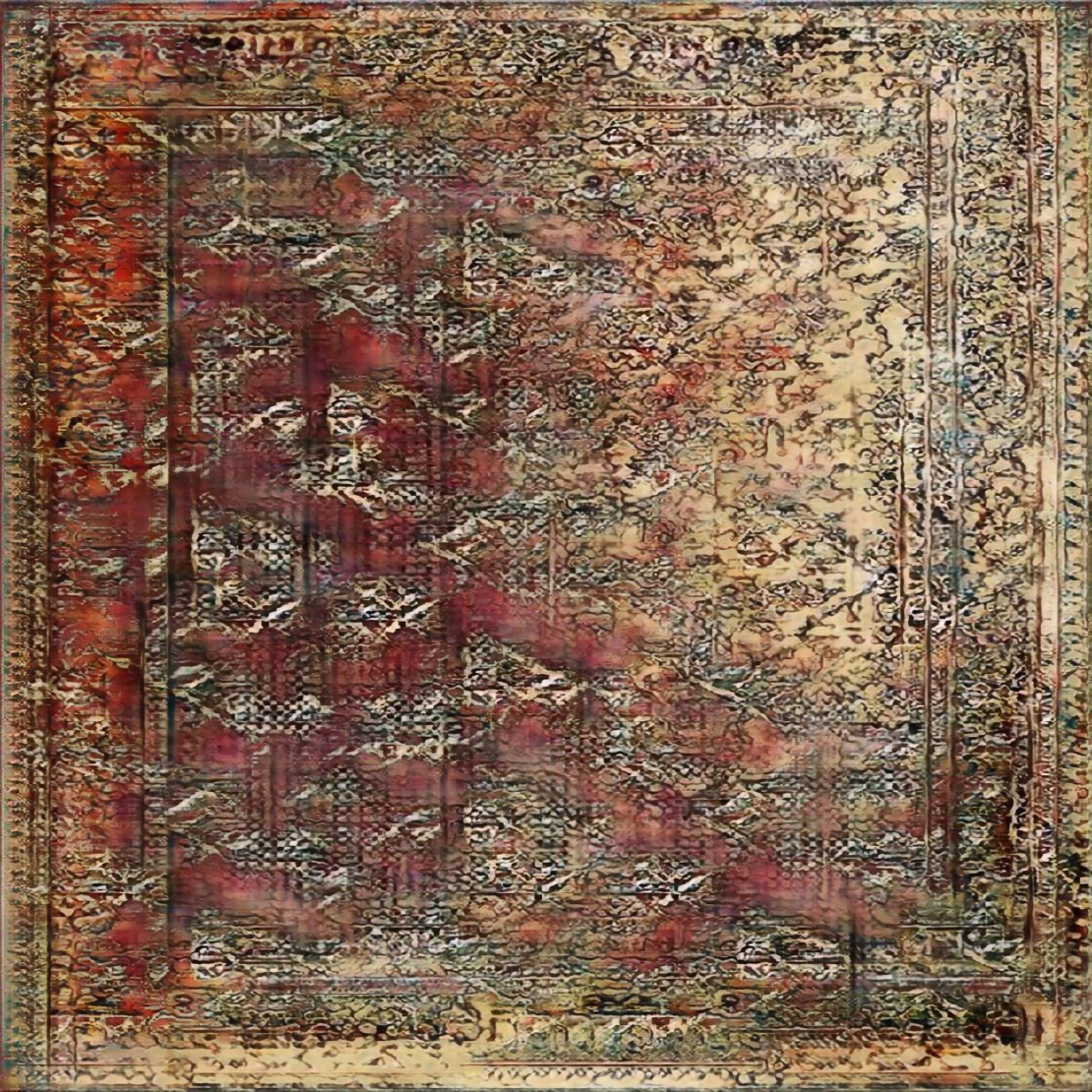
Semantic Carpet 8
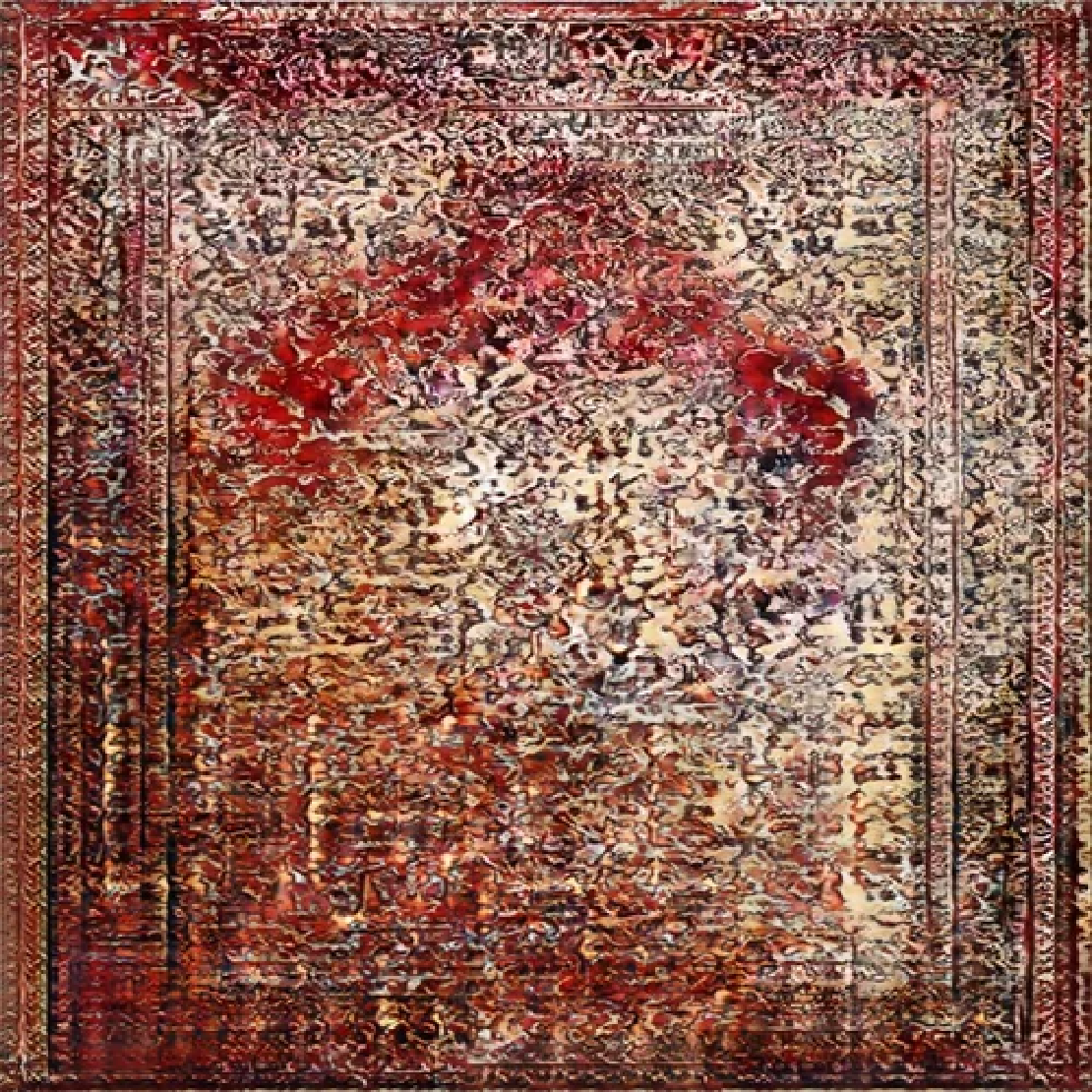
Semantic Carpet 3
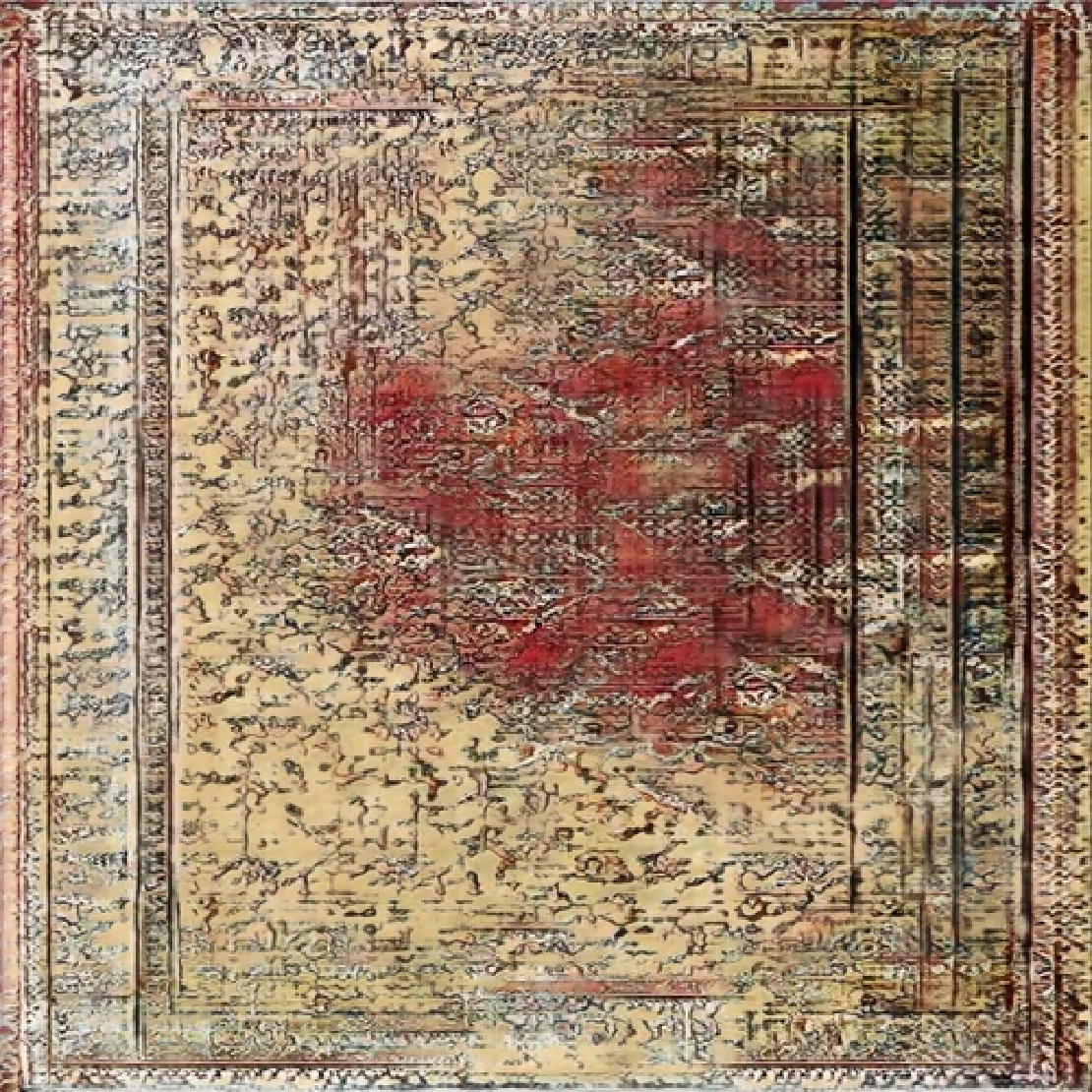
Semantic Carpet 4
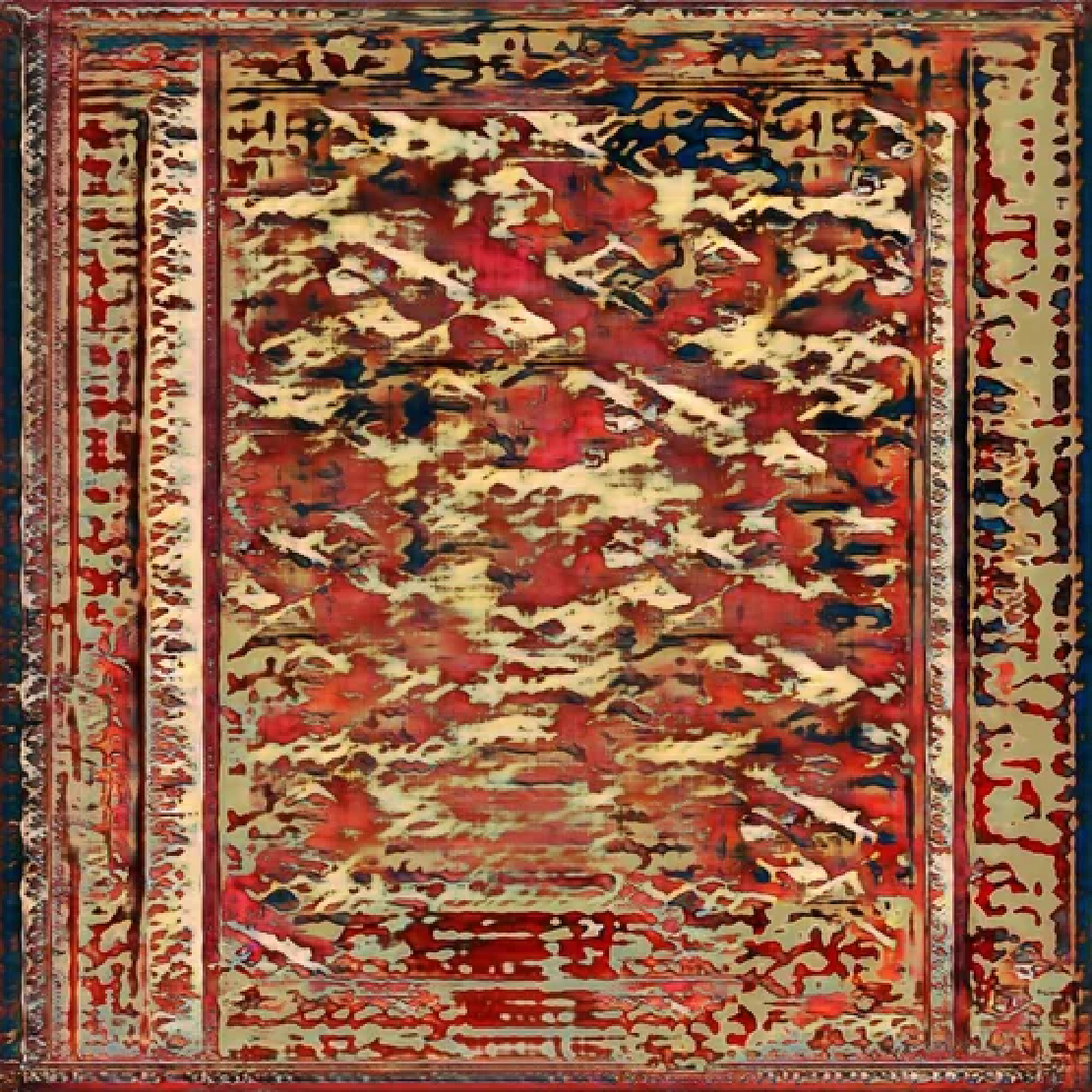
Semantic Carpet 6
M: I noticed on your website that you wrote that the project considers the implications of mixing cultures and circumventing fabrications. Can you tell me more about that?
P: My wife and collaborator Negin Ehtesabian is Persian, so we have these cultural conversations that inform our work, and living in the Middle East and seeing various aspects of that region’s cultures, carpets being one of them, have influenced me and my expression of exploring my inner landscape on this subject. Currently, Persian carpets cannot be imported into the United States, but there is no restriction of having digital images of Persian carpets either made into NFTs or physical carpets that are created by the reference of the AI generation. On one hand, it’s a new form of carpet or weaving. In other words, it isn’t necessarily trying to be a Persian rug. What it is, is that it is a new interpretation of these cultural influences being informed by machine learning.
M: In what ways has using Playform AI had an impact in your artistic practice?
P: What I love about using Playform is the element of surprise. You submit yourself to the AI generation, and that is very reflective of my artistic process. My artistic roots are in the original New York Fluxus artists, so the concepts of chance and surprise ring true to my work, and to the Playform platform.
M: And now you’re entering into the NFT space, how has the NFT world informed your work as a digital artist?
P: I have been involved, looking at and considering this notion of Blockchain informed art since the 1990s. So this notion of the crypto landscape and the VR landscape is very familiar to me. I was part of a performance group called Second Front, so I have basically lived most of my life at the center of the emerging elements of art and technology. So now with the launch of Art Mine, my Semantic Carpet project will be interpreted within the NFT space.